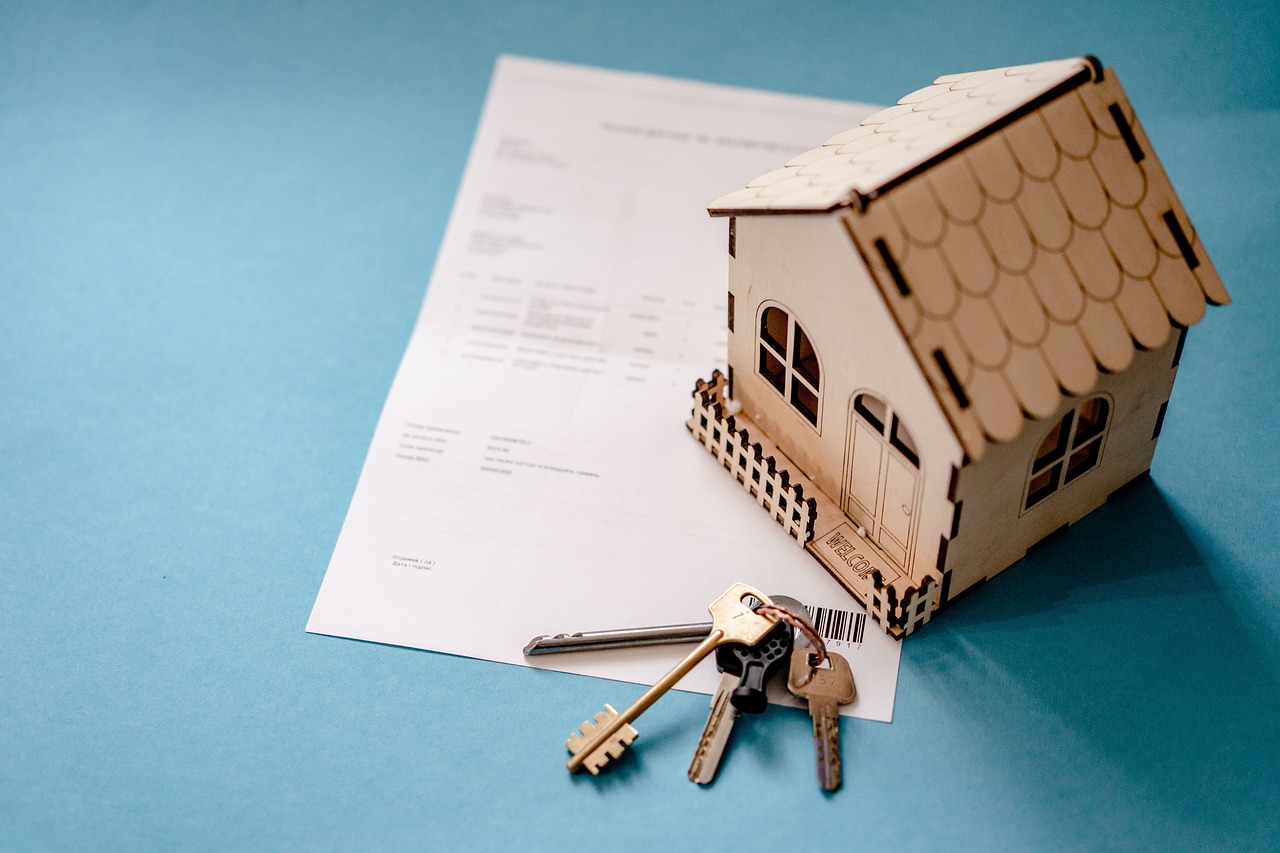The USDA home loan program provides eligible borrowers with a way to secure a mortgage with no down payment, competitive rates, and flexible credit requirements. Backed by institutions like Midwest BankCentre, this program supports rural community growth by offering affordable financing to potential homeowners. Below is a concise overview of the key advantages, drawbacks, eligibility criteria, comparisons with other loan types, and application steps, helping you decide if a USDA loan is right for your homeownership goals.
Understanding the Key Advantages of Opting for a USDA Home Loan
USDA loans are designed to promote homeownership in rural areas by reducing upfront costs and providing affordable financing solutions.
Achieve Homeownership With No Down Payment Required
USDA loans eliminate the need for a down payment, easing the financial barrier for buyers with limited savings. This benefit allows borrowers to use available funds for moving, renovations, or other expenses instead of large initial deposits.
Benefit From Competitive Interest Rates
Supported by government backing, USDA loans offer competitive interest rates compared to conventional options. Lower rates result in reduced monthly payments and long-term savings, even during market fluctuations.
Experience More Flexible Credit Requirements
The program features lenient credit guidelines that consider overall financial stability rather than just a credit score. This holistic approach helps those with modest credit histories or rebuilding credit to secure financing effectively.
Save Money With Lower Mortgage Insurance Premiums
Unlike many government-backed loans that come with high mortgage insurance premiums, USDA loans typically charge lower fees. This helps keep monthly payments predictable and affordable over the life of the loan.
Potentially Roll Closing Costs Into Your Loan
USDA loans allow borrowers to finance closing costs by adding them to the overall loan amount. This feature minimizes the need for large cash reserves at closing, benefiting first-time homebuyers with limited funds.
Examining the Potential Drawbacks of a USDA Mortgage
Despite their advantages, USDA loans have limitations that may affect certain borrowers.
Navigate Geographic Restrictions on Property Location
USDA loans are available only for properties in designated rural areas, as defined by the USDA. Even select suburban locations must meet specific population criteria, which may restrict buyer choices, especially near metropolitan areas.
Meet Income Limitations to Qualify
The program targets low-to-moderate-income families, imposing income limits based on local median income. While designed to help those most in need, this criterion may disqualify higher-earning applicants who might otherwise benefit from favorable terms.
Adhere to Property Type and Condition Standards
Eligible properties must be modest in size, value, and in good repair. Homes requiring significant rehabilitation or those that do not meet condition standards may not qualify, narrowing the pool of acceptable properties.
Understand USDA Program Fees and Their Impact
Although no down payment is required, USDA loans include guarantee and administrative fees that can be financed into the loan. Borrowers must understand how these add to the overall cost over time.
Prepare for a Potentially Longer Loan Processing Timeline
USDA loans often involve additional documentation and longer underwriting and appraisal processes compared to conventional loans. This extended timeline may challenge buyers with strict closing deadlines.
What Are the Key Eligibility Criteria for a USDA Home Loan?
Eligibility is based on several clear factors that ensure the program benefits its intended audience.
Confirming Your Desired Property Is in an Eligible Rural Area
The property must be located in a USDA-designated rural area. Borrowers should use the USDA’s online mapping tool to verify property eligibility, as even minor deviations can lead to denial.
Verifying Your Household Income Meets Program Limits
Applicants must have a household income that does not exceed set limits based on regional median income. This ensures the program supports those who genuinely need affordable financing.
Ensuring the Property Will Be Your Primary Residence
USDA loans require the property to serve as the borrower’s primary residence. Investment properties or second homes are not eligible, reinforcing the program’s community focus.
Understanding Credit Score Considerations for Approval
While more flexible than conventional loans, USDA financing still requires a credit history that demonstrates responsible repayment behavior. Borrowers should be prepared to show steady income and manage existing debt effectively.
Meeting Debt-to-Income Ratio Requirements
Lenders assess the debt-to-income (DTI) ratio to ensure borrowers can manage additional mortgage payments. A lower DTI ratio increases the likelihood of approval and favorable loan terms.
Comparing USDA Loans to Other Home Financing Options
Comparing USDA loans with other financing methods highlights unique benefits and trade-offs.
USDA Loans Versus Conventional Mortgages
Unlike conventional mortgages, which require a down payment (typically between 5% and 20%) and stricter credit criteria, USDA loans offer 0% down and greater flexibility. Conventional loans may also necessitate private mortgage insurance, adding long-term costs.
How USDA Loans Differ From FHA Loans
Both USDA and FHA programs cater to buyers with less-than-perfect credit. However, FHA loans require a minimum down payment of 3.5% and typically involve higher mortgage insurance premiums over the life of the loan. USDA loans avoid a down payment and offer lower insurance costs but are limited geographically.
Understanding the Differences Between USDA and VA Loans
VA loans provide similar benefits (such as no down payment and competitive rates) but are exclusively available to eligible veterans, active-duty service members, and certain spouses. USDA loans, in contrast, are open to low- to moderate-income families in rural areas regardless of military affiliation.
Is Opting for a USDA Home Loan the Right Choice for Your Situation?
Deciding on a USDA loan requires a balanced look at benefits and limitations in relation to your financial situation and homeownership goals.
Assessing if the Benefits Outweigh the Limitations for You
If you qualify and the property is in a designated area, the benefits of no down payment, lower interest rates, and flexible credit may outweigh restrictions such as processing time or income limits. However, if geographic or property limitations impact your choice, you might need to consider alternative financing.
Considering Your Long-Term Homeownership Goals
Evaluate whether the affordability, low monthly payments, and overall loan cost align with your plans for property maintenance, resale, and financial stability. USDA loans are designed for long-term homeownership in stable rural or certain suburban communities.
Evaluating if You Meet All the Necessary Requirements
Ensure that you meet the income, credit, and property guidelines. Collect all required documentation and review your debt-to-income ratio to improve the chances of securing attractive loan terms.
Seeking Professional Advice to Make an Informed Decision
Consult with USDA-approved lenders and trusted financial advisors to clarify any uncertainties. Professional guidance can help you understand all associated costs and benefits, ensuring the USDA loan is the best option for your situation.
Frequently Asked Questions
Who qualifies for a USDA home loan?
Borrowers with low to moderate incomes who live in eligible rural areas and plan to use the property as their primary residence qualify.
How does a USDA loan compare to an FHA loan?
USDA loans require no down payment and have lower mortgage insurance costs, while FHA loans require a 3.5% down payment along with higher long-term insurance premiums.
Are there geographic limitations for USDA loans?
Yes, these loans are limited to properties in designated rural areas and some qualifying suburban locations based on USDA definitions.
Can closing costs be financed with a USDA loan?
Yes, closing costs can be included in the overall loan, providing cash-flow benefits at the time of purchase.
How long does it usually take to process a USDA loan?
Processing may take longer than conventional loans due to additional documentation and verification steps, so careful preparation is advised.
Final Thoughts
Midwest BankCentre endorses USDA loans as a practical tool for achieving homeownership with minimal upfront costs. This concise overview highlights essential advantages, such as no down payment, competitive interest rates, and flexible credit requirements, while also noting limitations like geographic restrictions and potentially longer processing times. By carefully assessing your eligibility, long-term goals, and financial situation, and consulting with professionals, you can determine if a USDA loan is the right path to secure a stable future.
Contact us today to learn more about USDA Loans!


